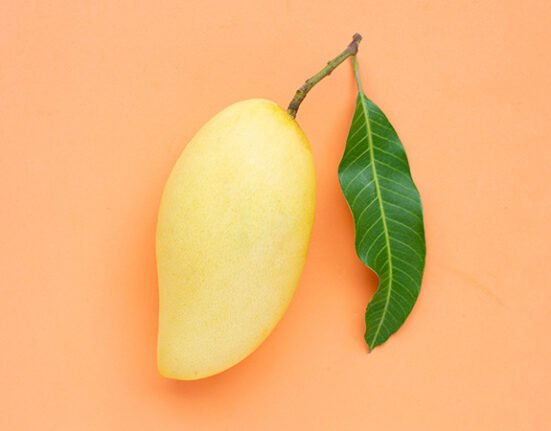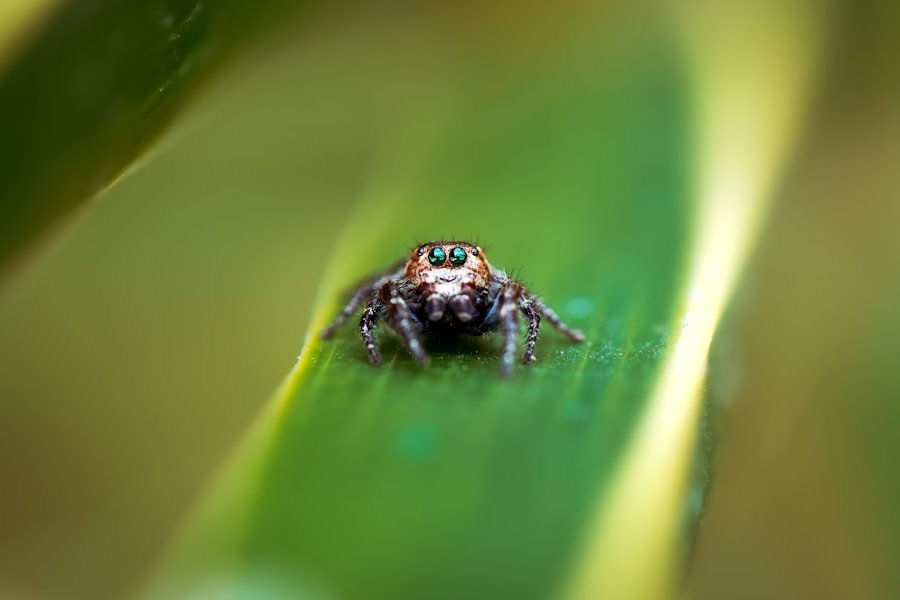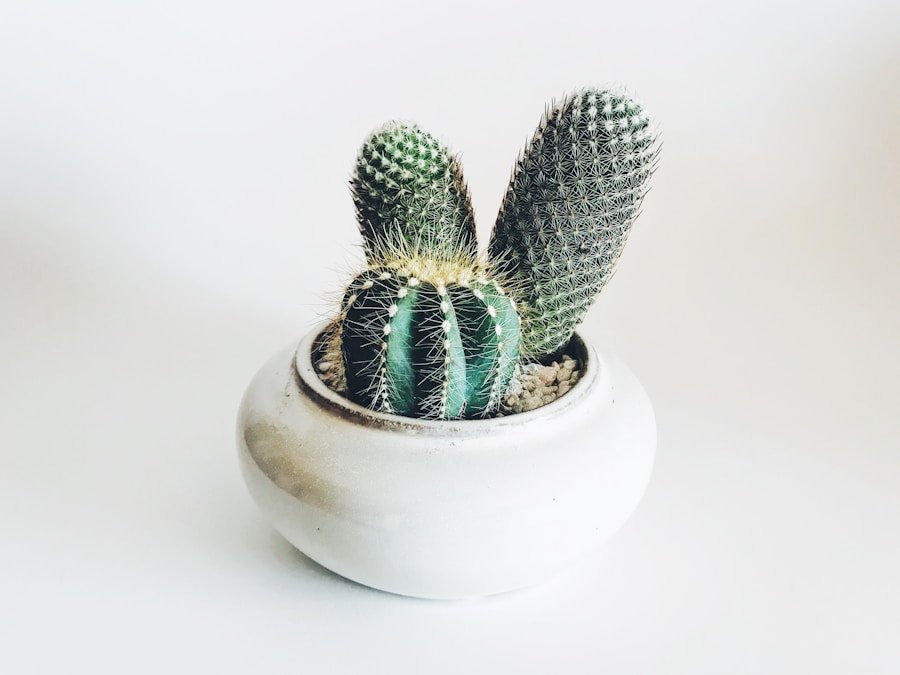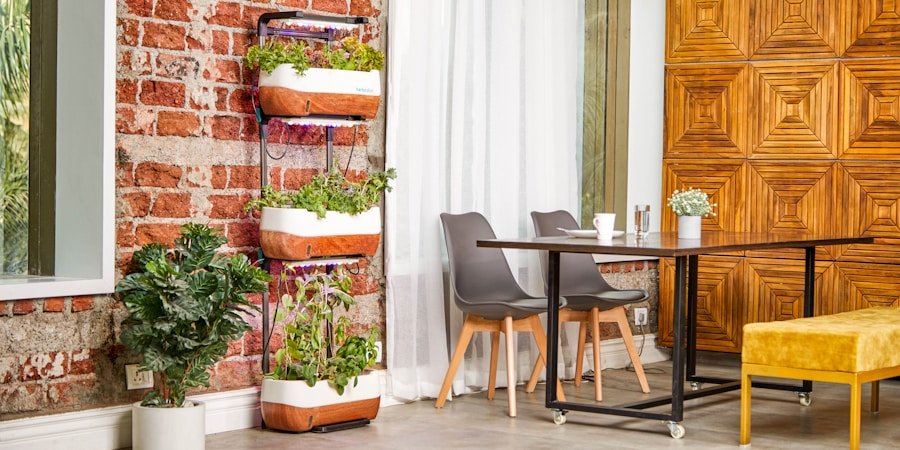Allergies and sensitivities are common issues in children, and navigating these conditions can be challenging for parents. An allergy occurs when the immune system overreacts to a typically harmless substance, such as pollen, pet dander, or certain foods. Sensitivities, on the other hand, can cause a range of symptoms, from mild discomfort to severe reactions, without involving the immune system.
Indoor plants can trigger both allergies and sensitivities, releasing pollen, mold spores, and other allergens into the air. Exposure to these allergens can lead to symptoms such as sneezing, coughing, itchy eyes, and skin rashes in children with allergies and sensitivities. Therefore, it is crucial for parents to be aware of their child’s specific allergies and sensitivities to create a safe and healthy indoor environment.
In addition to allergies and sensitivities, indoor air quality significantly impacts children’s health. Poor indoor air quality can exacerbate allergy symptoms and lead to respiratory issues, such as asthma. To mitigate this, parents should take steps to improve indoor air quality, especially if their child has allergies or sensitivities.
One effective way to do this is by introducing indoor plants that can purify the air and remove harmful toxins. However, it is essential to choose the right plants, as some can worsen allergy symptoms. By understanding the specific needs of allergy-prone children and the benefits of indoor plants, parents can create a healthy and safe environment for their kids.
Key Takeaways
- Understanding allergies and sensitivities in children is crucial for choosing the right indoor plants for them.
- Indoor plants can provide numerous benefits for children with allergies, such as improving air quality and reducing stress.
- When choosing indoor plants for allergy-prone kids, opt for low-maintenance varieties to minimize potential allergens.
- Creating a healthy indoor environment for allergy-prone children involves proper plant selection and maintenance, as well as regular cleaning.
- Avoid common allergy-triggering indoor plants and instead focus on creating a safe and allergy-friendly indoor garden for kids.
Benefits of Indoor Plants for Children with Allergies
Air-Purifying Properties
Many indoor plants have the ability to remove common toxins from the air, such as formaldehyde, benzene, and trichloroethylene. These toxins are often found in everyday household items like furniture, carpets, and cleaning products, and can exacerbate allergy symptoms in children. By introducing air-purifying plants into the home, parents can help reduce the risk of allergy triggers and improve indoor air quality.
Calming and Soothing Effects
In addition to their air-purifying properties, indoor plants can also have a calming and soothing effect on children. Studies have shown that being around plants can help reduce stress and anxiety, which can be beneficial for children with allergies or sensitivities. The presence of plants in the home can create a more natural and peaceful environment, which can help children feel more relaxed and at ease.
Teaching Responsibility and Appreciation
Caring for indoor plants can also teach children about responsibility and the importance of nurturing living things. This can be a valuable lesson for children with allergies or sensitivities, as it can help them develop a greater appreciation for nature and the environment. By involving children in the care of indoor plants, parents can help them develop important life skills and a deeper connection with the natural world.
Choosing the Right Indoor Plants for Allergy-Prone Kids
When selecting indoor plants for allergy-prone kids, it’s important to choose varieties that are less likely to trigger allergy symptoms. Some plants are known for producing higher levels of pollen or mold spores, which can exacerbate allergies in sensitive individuals. To minimize the risk of allergy triggers, parents should opt for plants with low pollen production and minimal mold growth.
Additionally, it’s important to choose plants that are non-toxic, as some plants can be harmful if ingested by children or pets. Some examples of indoor plants that are considered safe for allergy-prone kids include spider plants, snake plants, and peace lilies. These plants are known for their air-purifying properties and low allergen production, making them ideal choices for households with allergy-sensitive individuals.
It’s also important to consider the placement of indoor plants within the home. Placing plants in areas with good air circulation can help minimize the buildup of allergens and mold spores. By carefully selecting and placing indoor plants, parents can create a healthier indoor environment for their allergy-prone children.
Low-Maintenance Indoor Plants for Kids with Sensitivities
| Plant Name | Benefits | Care Level | Toxicity |
|---|---|---|---|
| Spider Plant | Improves air quality, non-toxic | Easy | Non-toxic |
| Peace Lily | Filters air, reduces mold spores | Moderate | Mildly toxic |
| Snake Plant | Filters air, low maintenance | Easy | Non-toxic |
| Boston Fern | Humidifies air, removes toxins | Moderate | Non-toxic |
For parents of allergy-prone children, low-maintenance indoor plants can be a practical choice. Low-maintenance plants require minimal care and attention, making them ideal for busy households with children. Some examples of low-maintenance indoor plants include succulents, cacti, and pothos plants.
These plants are known for their resilience and ability to thrive in various conditions, making them suitable for households with allergy-prone kids. In addition to being low-maintenance, these plants also have air-purifying properties that can help improve indoor air quality. Succulents and cacti are particularly effective at removing toxins from the air, while pothos plants are known for their ability to remove formaldehyde and other harmful chemicals.
By choosing low-maintenance indoor plants with air-purifying properties, parents can create a healthier indoor environment for their allergy-prone children without adding extra stress to their daily routine.
Tips for Creating a Healthy Indoor Environment for Allergy-Prone Children
In addition to introducing indoor plants, there are several other steps parents can take to create a healthy indoor environment for allergy-prone children. Regular cleaning and dusting can help minimize the buildup of allergens in the home, while using high-quality air filters can help remove airborne particles that can trigger allergies. It’s also important to keep humidity levels in check, as high humidity can promote mold growth and worsen allergy symptoms.
Furthermore, choosing hypoallergenic bedding and furniture can help reduce exposure to common allergens such as dust mites and pet dander. Parents should also consider using non-toxic cleaning products and avoiding strong fragrances that can irritate sensitive individuals. By taking these steps, parents can create a healthier and more comfortable living space for their allergy-prone children.
Common Allergy-Triggering Indoor Plants to Avoid
Allergy-Triggering Plants to Avoid
While many indoor plants offer air-purifying benefits, there are some varieties that are known for triggering allergies in sensitive individuals. Plants such as ferns, palms, and flowering plants are known for producing high levels of pollen and mold spores, which can exacerbate allergy symptoms in some people.
The Hidden Dangers of VOCs
Additionally, some plants are known to produce volatile organic compounds (VOCs) that can irritate the respiratory system.
Creating a Healthier Indoor Environment
It’s important for parents of allergy-prone children to be aware of these common allergy-triggering plants and avoid introducing them into their homes. By choosing low-allergen plants with air-purifying properties, parents can create a healthier indoor environment for their children without increasing the risk of allergy triggers.
Creating a Safe and Allergy-Friendly Indoor Garden for Kids
For parents who want to introduce an indoor garden for their allergy-prone children, there are several ways to create a safe and allergy-friendly space. Choosing non-toxic and low-allergen plants is essential, as is providing proper ventilation and air circulation to minimize the buildup of allergens. It’s also important to keep indoor gardens well-maintained and free from mold growth, which can exacerbate allergy symptoms.
In addition to choosing the right plants, parents should also consider using hypoallergenic potting soil and avoiding chemical fertilizers or pesticides that can irritate sensitive individuals. By taking these precautions, parents can create a safe and healthy indoor garden that their allergy-prone children can enjoy without worrying about triggering their allergies or sensitivities. In conclusion, creating a healthy indoor environment for allergy-prone children involves careful consideration of the types of indoor plants introduced into the home.
By choosing low-allergen plants with air-purifying properties and taking steps to improve indoor air quality, parents can create a safe and comfortable living space for their children. With proper care and attention to potential allergens, indoor plants can offer numerous benefits for allergy-prone kids while minimizing the risk of triggering their allergies or sensitivities.
FAQs
What are indoor plants?
Indoor plants are plants that are grown and kept inside buildings, typically for decorative purposes, but also for their ability to improve air quality and provide a calming environment.
How can indoor plants benefit kids with allergies and sensitivities?
Indoor plants can benefit kids with allergies and sensitivities by improving air quality, reducing airborne allergens, and providing a calming and soothing environment.
What are the best indoor plants for kids with allergies and sensitivities?
The best indoor plants for kids with allergies and sensitivities are those that are low-maintenance, non-toxic, and have air-purifying properties. Examples include spider plants, snake plants, peace lilies, and Boston ferns.
How do indoor plants improve air quality?
Indoor plants improve air quality by absorbing carbon dioxide and releasing oxygen through the process of photosynthesis. They can also remove toxins and pollutants from the air, such as formaldehyde and benzene.
Are there any indoor plants that can trigger allergies in kids?
Some indoor plants, such as certain types of ferns and flowering plants, can produce pollen or other allergens that may trigger allergies in sensitive individuals. It’s important to choose plants that are less likely to cause allergic reactions.
How should indoor plants be cared for to ensure they are safe for kids with allergies and sensitivities?
To ensure indoor plants are safe for kids with allergies and sensitivities, it’s important to keep them clean and free from dust and mold. Regular watering and proper drainage can also help prevent the growth of mold and mildew.






